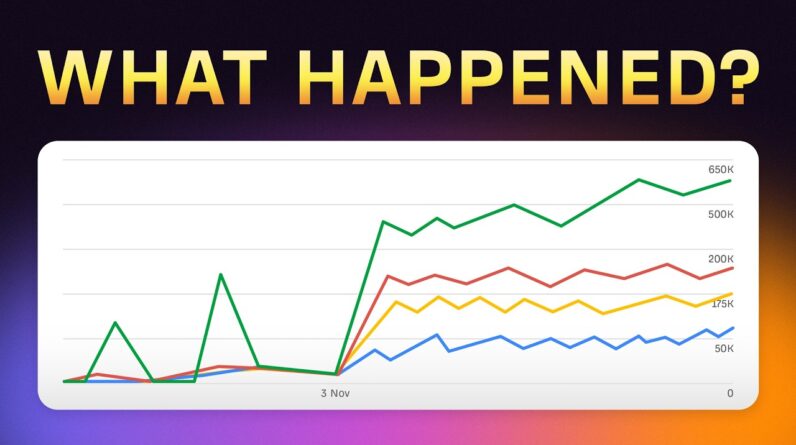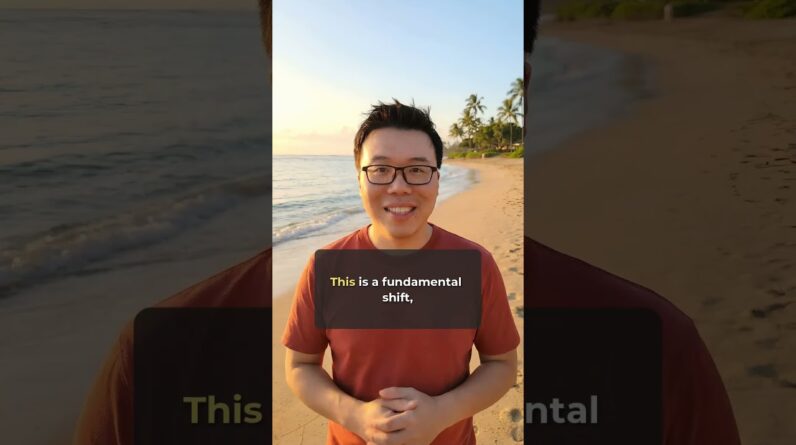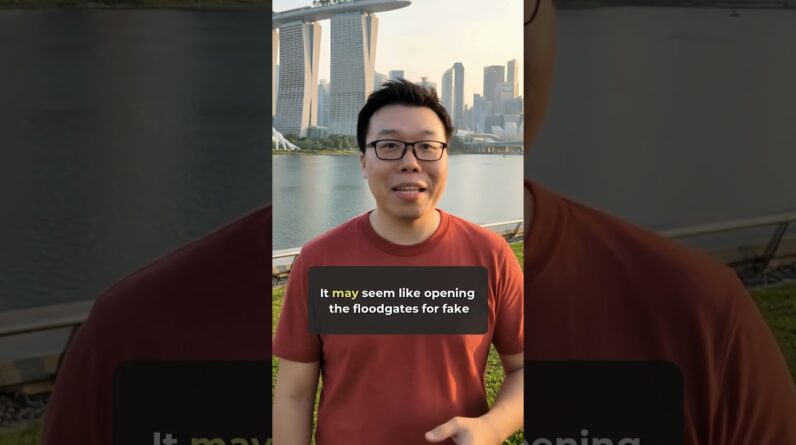
If you’re a blogger or content creator, you know how important it is to have content that ranks well on search engines. But writing high-quality content for SEO purposes can be a challenge. Lucky for you, there are some proven strategies you can implement to create great content that is optimized for search engines. In this blog post, we’ll be sharing tips and best practices on how to write high-quality content that not only resonates with your target audience but also improves your search engine rankings. So, sit tight and get ready to take your content to the next level!
Introduction
The online world is filled with cut-throat competition, and getting your web pages to rank high in search engine results can be quite a feat. This is where content-led SEO comes into play. By developing high-quality content that targets industry-related topics along with optimization for Search Engine Results Pages (SERPs), you can build authority and successfully improve your rankings. Let’s take a closer look at how you can write high-quality content that is optimized for ranking.
Step 1: Determine Your Audience
Before you start writing content for your website, one of the most critical steps is to understand your target audience. Without this information, it is almost impossible to create content that appeals to your potential visitors. Identify your audience through audience research and analytics, and you can create a picture of your ideal viewer. You need to know their demographics, their pain points, and their motivations.
Step 2: Conduct Keyword Research
After identifying your audience, you need to conduct keyword research to find what people search for when looking for solutions. Tools like Keyword Magic and Keyword Gap are great for finding profitable keywords with less competition. Explore different types of keywords, such as informational, navigational, commercial, and post-purchase keywords.
Step 3: Use Long-Tail Keywords
Long-tail keywords help you to target specific audiences with less competition. They are usually three to four words in length, highly specific, and indicate purchase intent. Creating content optimized for long-tail keywords will help you to rank for those terms, even though there may be fewer searches. Furthermore, long-tail keywords can produce highly targeted leads and conversions.
Step 4: Choose the Right Headlines
Headlines are critical in attracting readers to your content. They need to be engaging and appealing enough for people to click on them. When creating headlines, make sure it includes the primary keyword and is not more than 60 characters. It’s essential to choose a quality headline that resonates with your target audience, adding appeal and emotion that will attract more clicks to your website.
Step 5: Optimize Your Content for Readers
When writing content optimized for SEO, it is crucial not to forget the human factor. Your content should be written with your audience in mind, not just optimized for keywords. Remember that people read your content and not the search engines. By creating helpful and informative content, you will quickly develop high-quality articles that attract loyal readers.
Step 6: Organize Your Content Together
Topical authority is the goal when crafting multiple pieces of content. It involves developing and organizing related content pieces to build authority around a particular topic. The key is to write high-quality copy that is helpful and optimized to rank on SERPs. Connect related content pieces together under the same topic, and you’ll be able to rank for multiple terms that are related to your industry.
Conclusion
To rank on search engines, content-led SEO should be at the heart of your strategy. Writing optimized content involves six notable steps, which include determining your audience, conducting keyword research, using long-tail keywords, choosing the right headlines, optimizing your content for your readers and organizing your content into topics. By integrating these six steps into your content strategy, you’ll be able to successfully improve your rankings and traffic organically.
FAQs
- Why is content-led SEO essential for ranking higher in search engines?
Content-led SEO helps to create high-quality web pages that are optimized for search engines’ algorithms, making them more likely to rank higher in search results. By producing content with a targeted audience in mind, it is easier to create informative pieces that rank well and keep readers coming back to your site.
- What is topical authority, and why is it important?
Topical authority is the goal when crafting multiple pieces of content. It involves developing and organizing related content pieces to build authority around a particular topic. The key is to write high-quality copy that is helpful and optimized to rank on SERPs. Building topical authority will ensure your website gets the traffic it deserves.
- How are long-tail keywords different from short-tail keywords?
Long-tail keywords are usually more specific phrases, often made up of three to four words or more, while short-tail keywords are shorter, general keywords or phrases. Long-tail keywords attract more targeted visitors to your website while short-tail keywords generate broader visitors.
- What is the best approach to creating headlines for my content?
The best approach is to create headlines that are engaging, emotional and incorporate the primary keyword. You should also make sure your headline is no longer than 60 characters, so it doesn’t get truncated in search results. Focus on creating headlines that are not click-bait, but that inspire curiosity and catch people’s attention.
- How often should I create content for my website?
Creating content regularly is essential for website ranking. However, the frequency can vary depending on the type of website and its goals. Generally, creating content once a week or twice a month is a good practice to keep the momentum going. The frequency of publishing content can be adjusted as per the audience’s response and analytical data.






